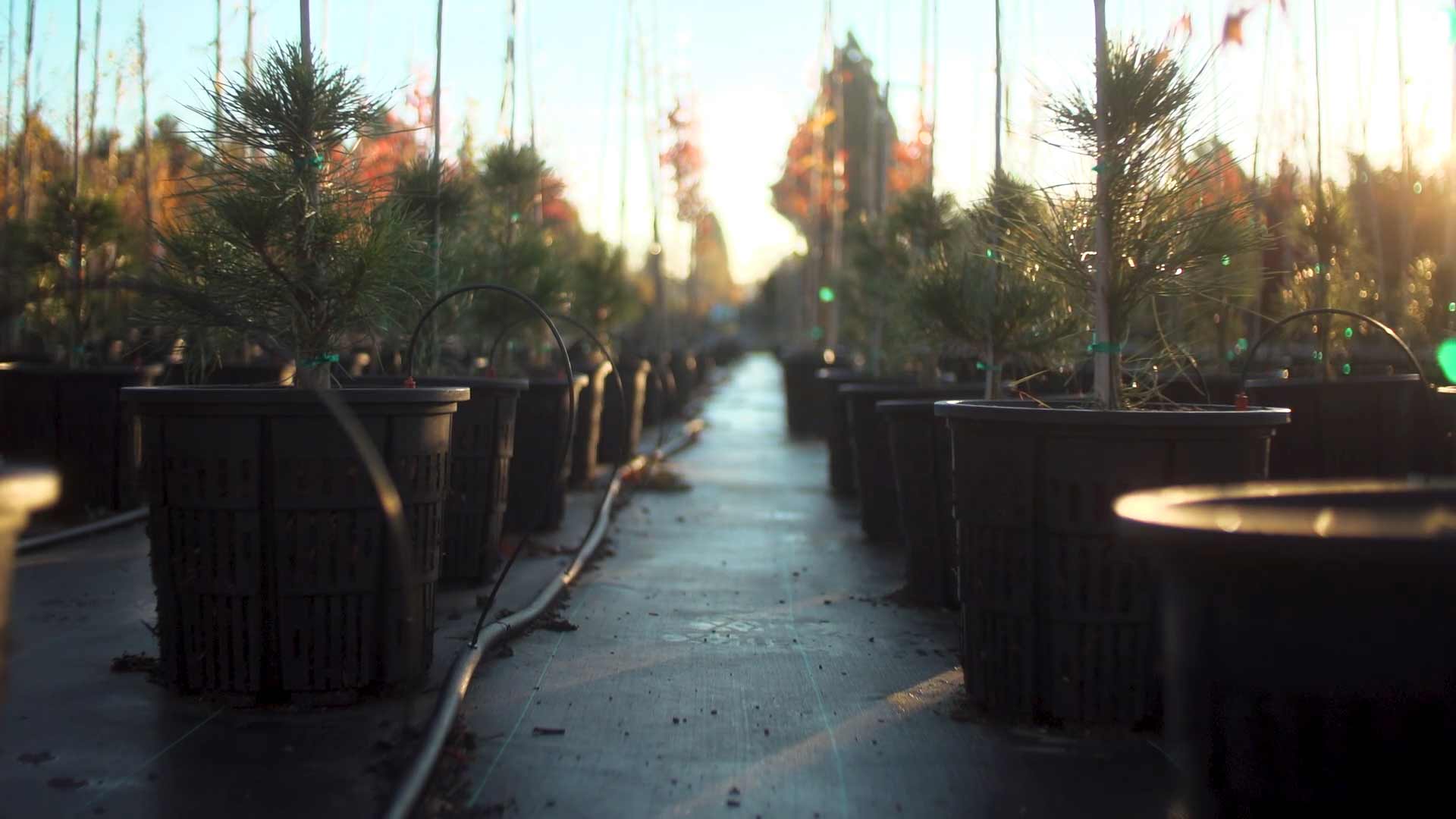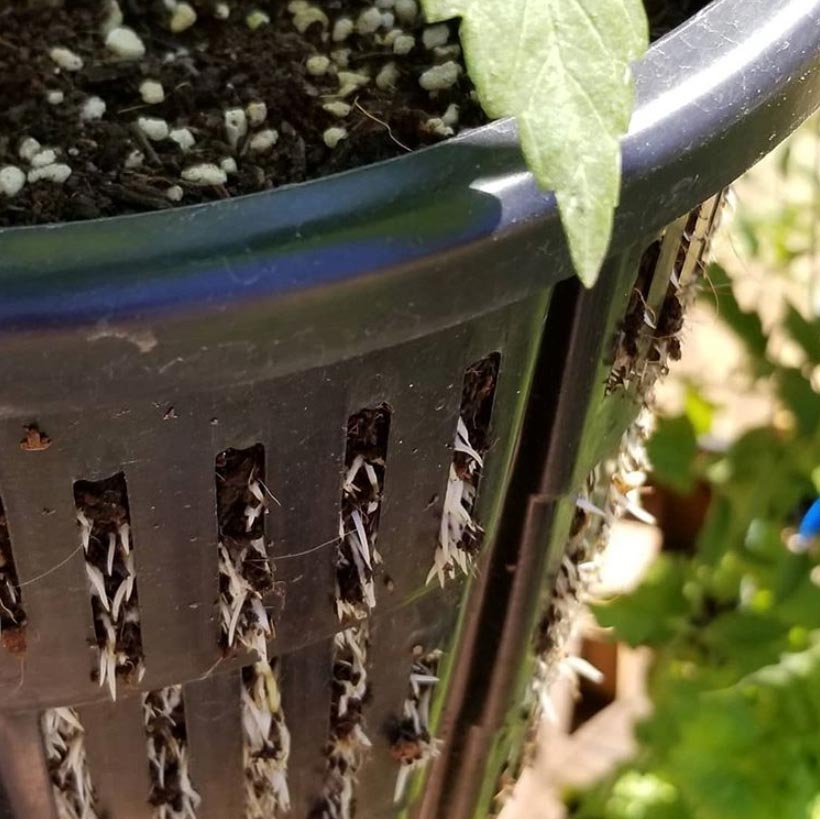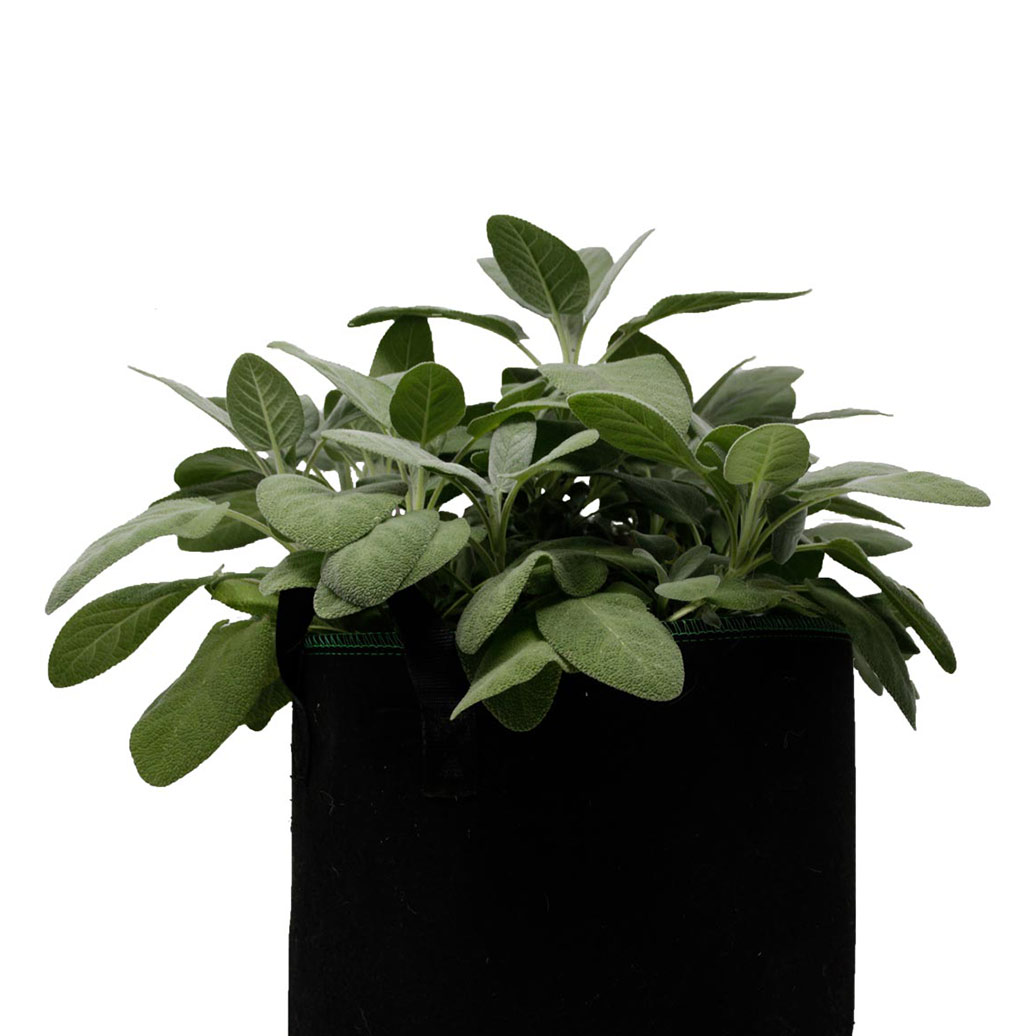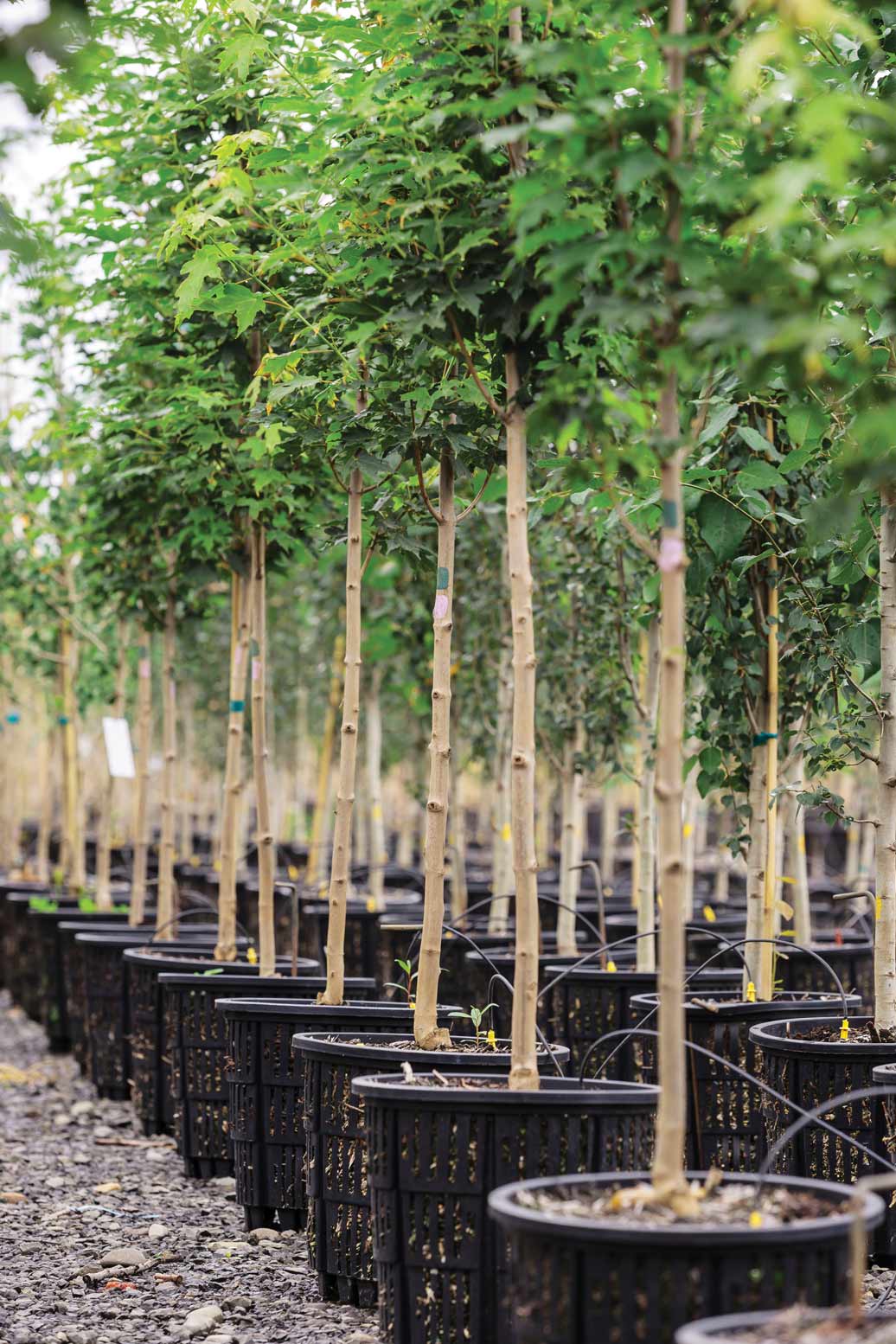Air-Pruning Explained




Whenever I describe air-pruning to someone I feel like I am both over and under explaining. In reality, this is a simple concept to explain and understand. Air-pruning is a method of root pruning that occurs as the plant grows rather than at the time of transplant.
Traditional Root Pruning
Traditionally we cannot access the roots as a plant grows so we prune them during the transplant process. When you prune roots at transplant it typically involves cutting or loosening circling roots resulting in an additional time investment and requiring a basic understanding of a plants root structure. Unfortunately, traditional techniques often result in transplant shock and occasionally even the loss of a plant or tree.
Air Root Pruning
With air-pruning, a plant’s roots come in contact with the air as they grow. It is a natural process where the individual root tip dries out and stops growing. The plant responds to this by producing even more fibrous lateral roots. What you end up with is a healthy plant with a dense fibrous root system, ready to take nutrients and water to your plant.
Some of the benefits of air-pruning include; less transplant shock, increased yield (for fruiting plants), faster growth after transplant, reduction- even elimination of circling roots, even soil moisture, and less susceptibility to root rot and disease.
There are a variety of containers available that offer air-pruning. Most fall into one of two categories, fabric grow bags or plastic air-pruning containers. Both work based on the same ideas and principles but may offer slightly different results.
Fabric Bags
Fabric has historically been a popular choice for growers because it allows air to move through the fabric resulting in air-pruning on all sides. Fabric bags are also light-weight and portable. Many can be washed and re-used however this is a time intensive process so many growers choose to use them only once. Considerations for choosing a fabric bag;
- Materials: To effectively air prune you need for the air to reach the roots but the material must be heavy duty enough to last. Keep this in mind when looking at bags. At RediRoot we have chosen a fabric that is both heavy duty and lightweight, it is also BPA free.
- Quality & Design: When it comes to fabric there are a variety of options out there. If you’re growing potatoes you may look for different features than if you are growing herbs or trees. Whatever you are planning to grow, just keep that in mind as you choose your fabric container.
- Affordability: There are a number of different price points for fabric containers out there, weigh the affordability with other considerations such as durability and materials.
- Biodegradable: While I have seen fabric bags that are advertised as biodegradable I am always a little hesitant to use a biodegradable container for growing my plants. I simply do not want to get halfway into the growing season where I am watering regularly and have my container start to degrade prematurely. I am sure there is a place for biodegradable products just think through how long that bag or container needs to last.
- Time and Labor: Because of the flexibility of fabric the bags can sometimes be difficult to fill. Bags may fold in on themselves requiring you to add your growing medium slowly however once you have planted they are generally easy to manage. RediRoot bags are topstitched to help with this and there are also products on the market aimed to hold bags open for filling.
Plastic Containers
While fabric grow bags were one of the first air-pruning options available we are starting to see a number of plastic options as well. The plastic containers have a variety of designs but generally involve having more holes than a traditional nursery container that simply has drainage at the bottom. That being said, many of the plastic containers that currently offer air pruning still have a limited number of holes or slats which may impact functionality. Considerations for choosing a plastic air-pruning container;
- Air flow: Think about how well air will be able to reach the root tips. Does the container you are looking at allow air flow to the entire root zone? We felt this was important which is why RediRoot is designed to offer 360-degree aeration.
- Design: If there are just a few slats or holes on the sides you may re-directing root growth more than providing effective air-pruning.
- Materials: Look at what a container is made of, this is important if you want to reuse them or sanitize them and it will help you determine if they will hold up over multiple growing seasons or just one use. Plastic containers made with UV protectant and/or elastomer help ensure that the containers do not become brittle in the sun.
